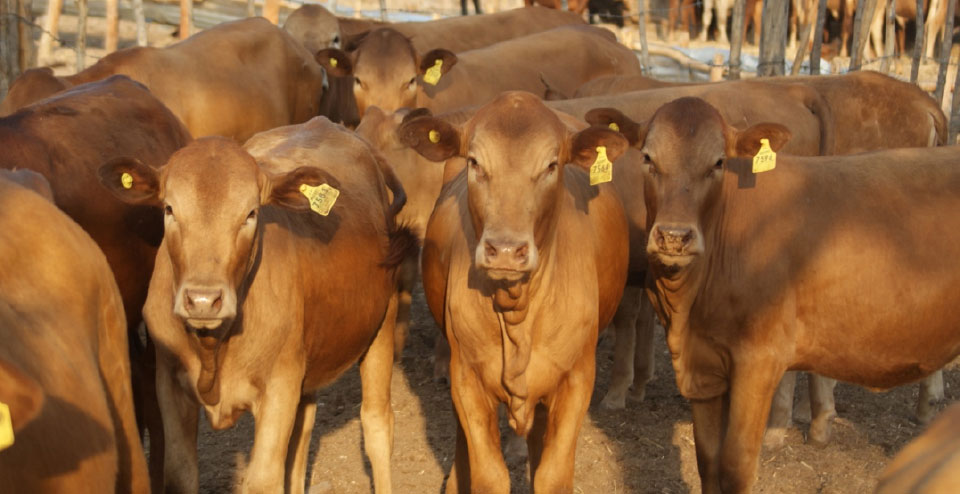By Ndumiso Tshuma
As agriculture becomes increasingly data-driven, specialists are urging livestock farmers to embrace record-keeping to improve efficiency and productivity.
According to Nqobani Manyabi, an animal specialist at El Ganado Consultancy, maintaining detailed records of herd operations not only improves knowledge but also enhances management efficiency.
“From a management perspective, having clear objectives acts as a roadmap for farmers,” Manyabi said.
“Goals help farmers plan effectively to achieve their desired outcomes. By collecting and analysing data, they can benchmark their performance against industry standards and peers, ultimately improving their operations.”
To adopt a data-driven approach, Manyabi identified four key production records that every livestock farmer should maintain, collectively known as the Gold Management Indicators:
Growth of Calves (G): Tracking calf growth rates is essential for assessing herd health and making informed breeding decisions.
Number of Open Cows (O): Monitoring non-pregnant cows helps identify reproductive issues and implement necessary adjustments.
Length of Calving Season (L): Keeping track of calving season duration allows farmers to optimise breeding schedules and ensure a more uniform calf crop.
Calf Death Loss (D): Recording calf mortality rates provides crucial insights into herd health, enabling farmers to adopt strategies that reduce losses.
Manyabi said these indicators serve as essential benchmarks, empowering farmers to make informed on-farm decisions that improve productivity and profitability.
“As the agricultural landscape evolves, those who embrace data-centric farming are more likely to thrive in an increasingly competitive market,” he said.
“By effectively using data, livestock farmers can achieve their operational goals and enhance overall herd management strategies.”

